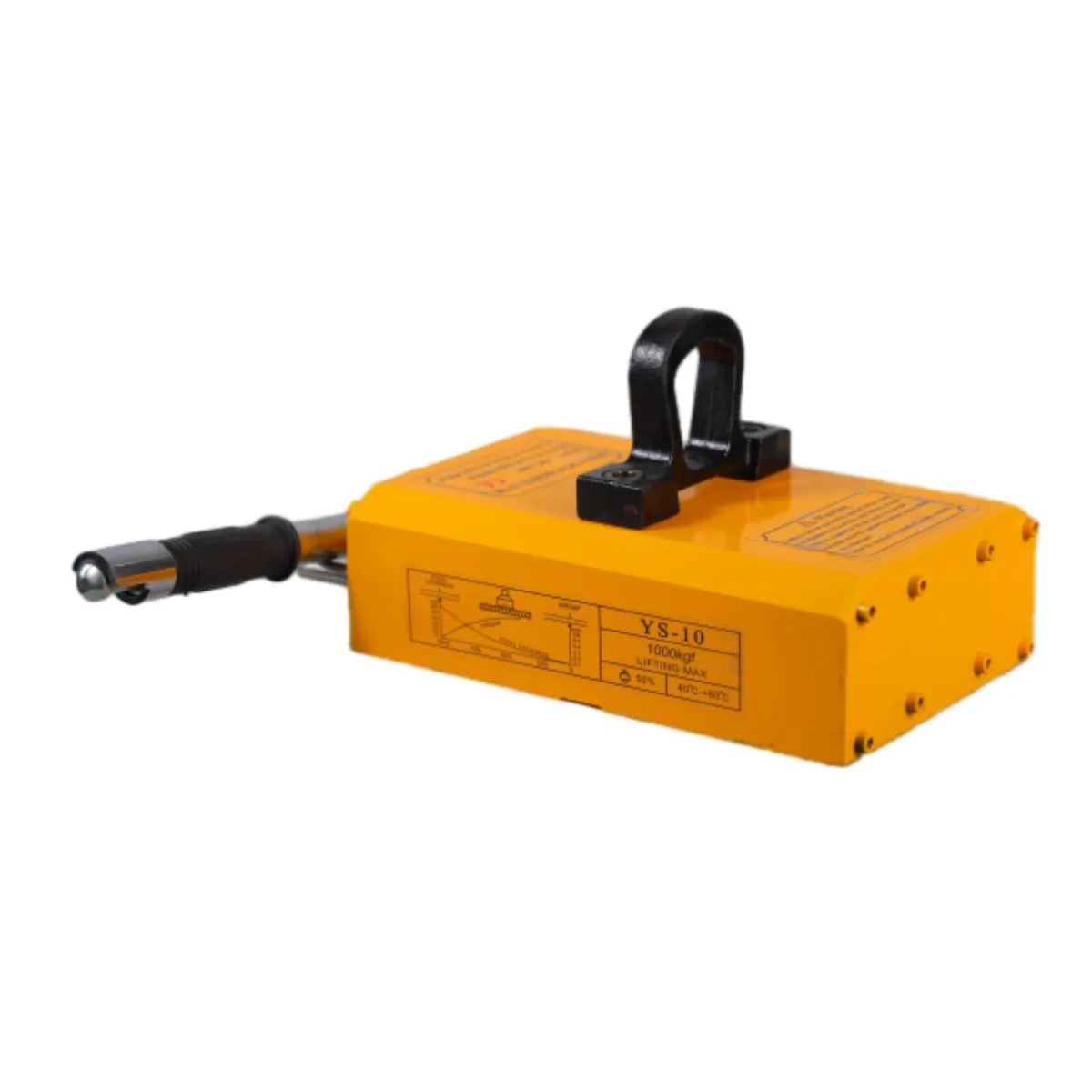Portable Overhead Crane Solutions for Efficient Material Handling and Enhanced Productivity
The Advantages of Movable Overhead Cranes in Modern Industries
Movable overhead cranes are essential components in various industrial settings, providing a flexible and efficient solution for lifting and transporting heavy materials. Unlike traditional cranes that remain stationary, these cranes can move along a set of tracks, allowing for increased versatility and efficiency in handling loads. This article explores the key benefits of movable overhead cranes and their significance in contemporary industrial applications.
One of the primary advantages of movable overhead cranes is their ability to optimize space utilization. In many manufacturing environments, floor space is at a premium. Movable overhead cranes are designed to operate in narrow aisles and confined areas that larger equipment cannot access. This flexibility enables companies to maximize their operational footprint, making it possible to store more materials and equipment within a limited space.
Furthermore, movable overhead cranes can improve productivity in the workplace. The speed at which these cranes can lift and transport loads significantly reduces the time spent on manual handling. This efficiency not only accelerates production processes but also reduces the likelihood of accidents and injuries associated with manual lifting. Workers can focus on other important tasks while the crane performs the heavy lifting, ultimately enhancing overall operational efficiency.
movable overhead crane

Safety is another critical aspect where movable overhead cranes shine. Modern designs include advanced safety features such as limit switches, emergency stop buttons, and load sensors, reducing the risks associated with overhead lifting. These safety systems help prevent accidents, ensuring that both workers and materials are protected during operation. In addition, using cranes minimizes the risk of musculoskeletal injuries that often result from repetitive manual lifting.
Moreover, movable overhead cranes are adaptable to various types of loads. Whether dealing with heavy machinery, construction materials, or large components, these cranes can be equipped with various attachments and accessories, such as hooks, slings, and specialized gripping devices. This versatility means that businesses can tailor their crane systems to meet their specific operational needs, making them an invaluable asset in a wide range of industries, including manufacturing, construction, and logistics.
Another significant benefit of movable overhead cranes is their contribution to cost savings. By streamlining operations and reducing manual labor, companies can lower their operational costs. Additionally, the investment in a movable overhead crane can lead to quicker project completion times, allowing businesses to take on more projects and increase their revenue.
In conclusion, movable overhead cranes offer numerous advantages that make them a vital part of modern industrial practices. Their ability to optimize space, improve productivity, enhance safety, adapt to various loads, and provide cost savings ensures that they remain a popular choice across various sectors. As industries continue to evolve, the role of movable overhead cranes will undoubtedly become even more crucial, paving the way for greater efficiency and innovation in material handling solutions.
-
Unlock Seamless Relocation with Our Heavy Equipment Moving ExpertiseNewsJun.06,2025
-
Unleash Unrivaled Flexibility with Our Adjustable Gantry CraneNewsJun.06,2025
-
Unleash Heavy-Duty Efficiency with Our Industrial Gantry Crane SolutionsNewsJun.06,2025
-
Revolutionize Steel Handling with Our Magnetic Lifter RangeNewsJun.06,2025
-
Master Equipment Mobility with Premium Machinery Mover SolutionsNewsJun.06,2025
-
Elevate Your Material Handling with Magnetic Lifter TechnologyNewsJun.06,2025
-
YS Permanent Lifting Magnets: The Smarter Way to Handle SteelNewsMay.22,2025
